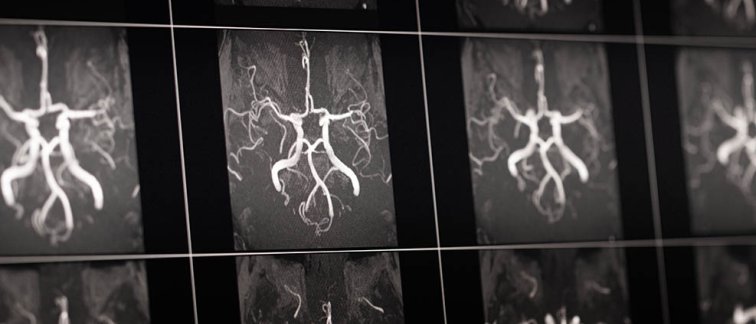Two-year risk of recurrent stroke
A carotid web (CW) is a shelf-like lesion along the wall of the internal carotid artery after the bulb. It is an under recognized cause of stroke in the young. The CWs bulge into the lumen of the carotid artery causing flow disruption and blood stasis. This again results in thrombus formation and ischemic stroke. High-quality data of the risk of recurrent stroke were lacking. Therefore, researcher Valeria Guglielmi and her colleagues aimed to investigate the risk of recurrent stroke in patients with symptomatic CW. The researchers conducted a comparative cohort study using data from both a randomized clinical trial conducted at sixteen centers in the Netherlands (MR CLEAN trial) as well as data from a nationwide observational cohort study (MR CLEAN registry). They obtained two-year follow-up data for 30 patients with ipsilateral CW with a comparator cohort of 168 patients.
Higher risk for patients with CW
The results of the study showed that during a two-years of follow-up, 5 of the 30 patients (17%) with CW had a recurrent stroke compared with 5 out of 168 (3%) patients without CW. Moreover, for the patients with CW, the recurrent ischemic strokes were in the same area as the CW. The patients with ipsilateral CW all received medical management after the index stroke, mostly with antiplatelets. These data suggest that standard medical management alone may not provide sufficient protection for the high recurrent stroke risk observed in these patients.
Jonathan Coutinho: "Patients with a carotid web had a five times increased risk of recurrent stroke than those without a carotid web and eight times the risk of an ipsilateral stroke, these are alarmingly high rates."
Future research
This study filled the first part of the major knowledge gap in deciding the optimal treatment of recurrent stroke in patients with symptomatic CW. With their data suggesting that the medical management alone may not be sufficient, prospective studies on secondary prevention measures are necessary.
Read the publication in JAMA Neurology: Assessment of Recurrent Stroke Risk in Patients With a Carotid Web

